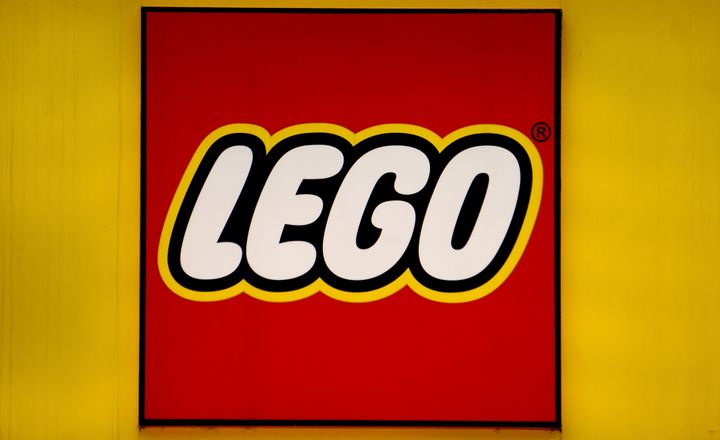
There’s often much more to a brand’s name than first meets the eye.
For instance, did you know there’s a bear hidden in the mountain at the front of your Toblerone packet, or that HARIBO is a sneaky reference to the company’s founder?
The toy building block company, LEGO, is no exception, it seems.
Most of us know that LEGO comes from Denmark (specifically, Billund in Denmark).
Which is?
According to the company’s site, “The name ‘LEGO’ is an abbreviation.”
The term is a portmanteau of the words “leg godt”, which mean “play well” (aww).
The founder of the company, Ole Kirk Kristiansen, turned to making toys during the 1930s economic crash.
The owner of a carpentry and joinery business, Ole couldn’t get much work in the ’30s and had to let all his staff go.
The National Association for Danish Enterprise helped him to turn his company into a toy manufacturer.
They were (of course) originally wooden.
When did LEGO become plastic?
By the end of the Second World War, Ole was struggling to find quality beechwood (the material he used for his toys).
The company’s first plastic machine was introduced in 1947, the LEGO site reads.
But it wasn’t until 1949 that the plastic “Automatic Binding Bricks” ― the iconic block most of us know and love ― was invented and marketed.
It used an English name, even though “At this point the bricks, as all of the company’s other toys, are sold exclusively in Denmark.”
But originally, the bricks were not a standout hit; the number one spot went to their Ferguson Tractor.
Ole’s sons apparently tried to convince him to return to wood, but the LEGO founder was having none of it, their site says.
“Have you no faith? Can’t you see? If we get this right, we can sell these bricks all over the world!”, he reportedly asked.
In 2023, the company’s revenue reached 65.9 billion Danish krone (very roughly £7.5 billion).